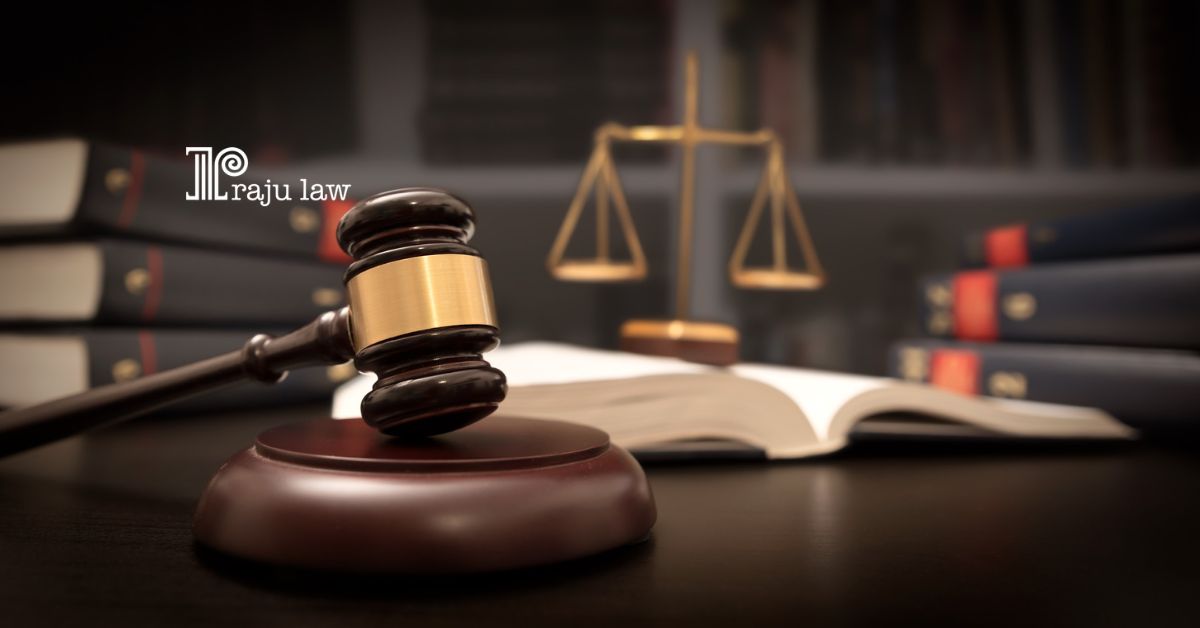A Basic Guide to the United States Federal Court System: federal court system in the United States is a series of courts responsible for hearing both criminal and civil cases relating to federal statutes or matters authorized under the Constitution. There are two types of court systems in this country – the federal court system and the state court system. Municipal and local courts are included in the state court system. The U.S. Constitution, Article III, establishes the federal court system with the U.S. Supreme Court and permits Congress to create lower federal courts, namely circuit and district courts.
With certain notable exceptions, the federal courts have jurisdiction to hear a broad variety of cases. The same federal judges handle civil and criminal cases, public law and private law disputes, cases involving individuals and cases involving corporations and government entities, appeals from administrative agency decisions, and law and equity matters including disputes involving more than $75,000 between residents of different states. There are no separate constitutional courts, because all federal courts and judges may decide issues regarding the constitutionality of federal laws and other governmental actions that arise in the cases they hear.
What are the types of US Federal Courts?
At both the federal and state levels there are two kinds of courts: the Trial Court and the Appellate Court. The trial court’s basic work is to resolve disputes by determining the facts and applying legal principles to decide who is right. The appellate court’s work is to decide whether the law was applied correctly in the trial court, and in some cases, whether the law is Constitutional.
The federal judiciary of the United States has three basic tiers. Parties first argue their cases in the lower courts, and may appeal their cases to the higher courts after a decision has been made. There are 94 District Courts (trial courts), 13 Courts of Appeals (intermediate appellate courts), and the United States Supreme Court (the court of final review). Below is the basic structure of how the federal court system functions:
- District Courts (Trial Courts)
The United States district courts are the principal trial courts in the federal court system. These Courts are the first level of the federal judiciary process, where cases are heard for the first time (referred to as original jurisdiction). District Courts are also referred to as trial courts.
The district courts have jurisdiction to hear nearly all categories of federal cases. There are 94 federal judicial districts, including one or more in each state, the District of Columbia, Puerto Rico, and the overseas territories.
Every district court has at least one District Judge who is appointed by the President and approved by the Senate. These judges have lifetime appointments, unless they are removed through impeachment by Congress. At this level, the US Attorney serves as the primary prosecutor. In some cases, a magistrate judge appointed by the district court may oversee certain aspects of a civil or criminal case, such as handling pre-trial matters like settlements, arraignments, and pleas. Trial court proceedings are conducted by a single judge, sitting alone or with a jury of citizens as finders of fact. The Constitution provides for a right to trial by a jury in many categories of cases, including:
(1) all serious criminal prosecutions;
(2) those civil cases in which the right to a jury trial applied under English law at the time of American independence; and
(3) cases in which the United States Congress has expressly provided for the right to trial by jury.
Each federal judicial district includes a United States bankruptcy court operating as a unit of the district court. The bankruptcy court has nationwide jurisdiction over almost all matters involving insolvency cases, except criminal issues. Once a case is filed in a bankruptcy court, related matters pending in other federal and state courts can be removed to the bankruptcy court. The bankruptcy courts are administratively managed by the bankruptcy judges.
Two special trial courts within the federal judicial branch have nationwide jurisdiction over certain types of cases. The Court of International Trade addresses cases involving international trade and customs issues. The United States Court of Federal Claims has jurisdiction over disputes involving federal contracts, the taking of private property by the federal government, and a variety of other monetary claims against the United States.
- Circuit Courts (Appellate Courts)
Circuit Courts are also known as the courts of appeals or appellate courts. There are 13 appellate courts that sit below the U.S. Supreme Court, and they are called the U.S. Courts of Appeals. The 94 federal judicial districts are organized into 12 regional circuits, each of which has a court of appeals. Each circuit is covered by multiple circuit court judges. The circuit court judges are appointed by the President and approved by the Senate, and they serve lifetime appointments unless removed through impeachment by Congress. After a case is decided in the trial court, appeals may be made at this level to a panel of judges. To file an appeal, the party or parties submit briefs, arguing why the decision should be affirmed or reversed. If the decision is affirmed, the court schedules a time for the attorneys to present their oral arguments.
A court of appeals hears appeals from the district courts located within its circuit, as well as appeals from certain federal administrative agencies. In addition, the Court of Appeals for the Federal Circuit has nationwide jurisdiction to hear appeals in specialized cases, such as those involving patent laws and cases decided by the Court of International Trade and the Court of Federal Claims.
There is a right of appeal in every federal case in which a district court enters a final judgment. The courts of appeals typically sit in panels of three judges. They are not courts of cassation, and they may review a case only if one or more parties file a timely appeal from the decision of a lower court or administrative agency. When an appeal is filed, a court of appeals reviews the decision and record of proceedings in the lower court or administrative agency. The court of appeals does not hear additional evidence, and generally must accept the factual findings of the trial judge. If additional fact-finding is necessary, the court of appeals may remand the case to the trial court or administrative agency. Remand is unnecessary in most cases, however, and the court of appeals either affirms or reverses the lower court or agency decision in a written order or written opinion. In cases of unusual importance, a court of appeals may sit “en banc”—that is, with all the appellate judges in the circuit present—to review the decisions of a three-judge panel. The full court may affirm or reverse the panel decision.
- The US Supreme Court
Established by Article III of the Constitution, the Supreme Court of the United States is the highest court in the country, and the final level of appeal. It consists of the Chief Justice of the United States and eight associate justices. The court always sits en banc, with all nine justices hearing and deciding all cases together. The jurisdiction of the Supreme Court is almost completely discretionary, and, to be exercised requires the agreement of at least four justices to hear a case. In a small number of special cases, such as boundary disputes between the states, the Supreme Court acts either as the court of first instance or exercises mandatory appellate review. As a general rule, the Court only agrees to decide cases where there is a split of opinion among the courts of appeals or where there is an important constitutional question or issue of federal law that needs to be clarified.
In order for the Supreme Court justices to hear an appeal, parties must file a writ of certiorari, which the justices will use to determine its validity. If it is accepted, the US Supreme Court will take briefs and oral arguments. If it is rejected, the lower court’s decision remains.
- Other Federal Courts
There are a series of specialized federal courts that fall under the umbrella of the federal court system, some of which were established under Article I of the Constitution.
- Bankruptcy Court: Federal courts can deal with matters relating to both business and personal bankruptcy. Different types of bankruptcy may be filed depending on the individual situation, but all bankruptcy cases are determined by the federal court system, and cannot be tried at the state level.
- US Tax Court: Organized by Congress under Article I of the US Constitution, this court of special jurisdiction oversees all matters related to federal tax cases. These cases aren’t tried by juries, but rather a special trial judge.
- US Court of Appeals for the Armed Forces: Originally the United States Court of Military Appeals (changed to its current name in 1994), this court has jurisdiction over all military appeals in the United States. It consists of five federal judges who can oversee appeals relating to active duty members or those subject to the Uniform Code of Military Justice.
- Court of Appeals for Veterans Claims: Created in 1988, this court was established in response to a lack of judicial review of claims made by veterans following the Vietnam War. Cases are often brought here by the Board of Veterans Appeals (BVA). Decisions determined in these cases can be appealed to the US Court of Appeals for the Federal Circuit.
- US Court of Federal Claims: This federal court, which was not established under Article I, hears claims lodged against the US Government over contractual monetary claims. They can share jurisdiction with district courts for monetary amounts under 10,000 dollars, but have sole jurisdiction on cases over 10,000 dollars.

